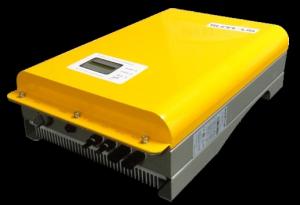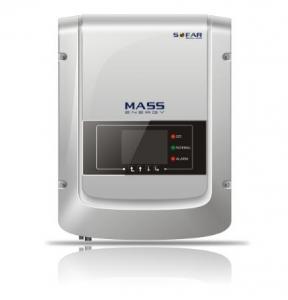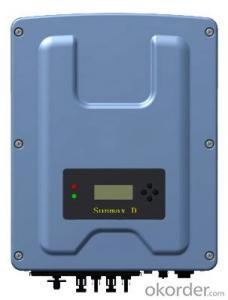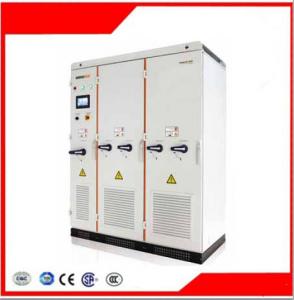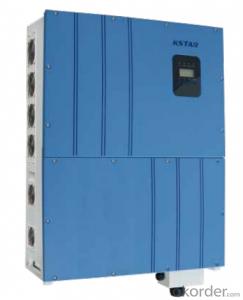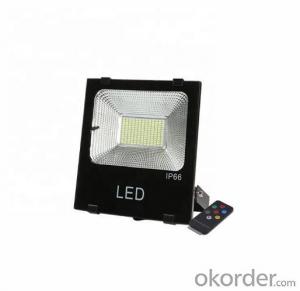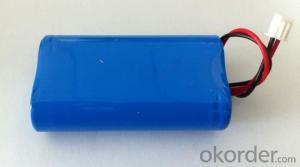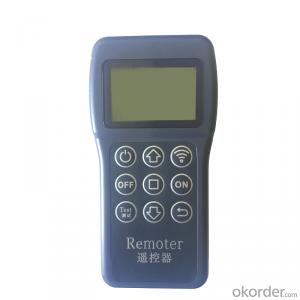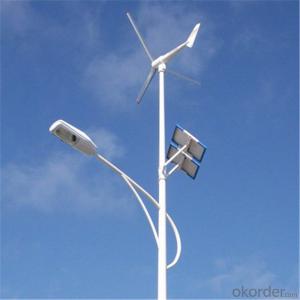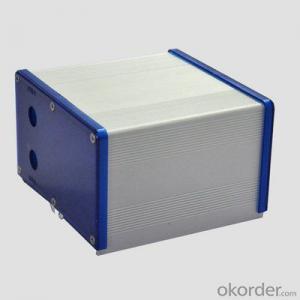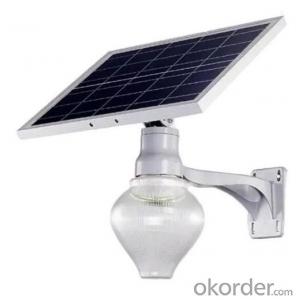Grid Assisted Solar Inverter
Grid Assisted Solar Inverter Related Searches
Grid Connected Solar Inverter Solar Grid Inverter Grid-Tied Solar Inverter Solar Power Grid Inverter Solar Grid Tied Inverter Grid-Tie Solar Inverter On Grid Solar Inverter Grid Tie Inverter Solar Grid Tie Solar Inverter On Grid Inverter Solar Grid Tie Hybrid Solar Inverter On Grid Solar Power Inverter Hybrid Grid Tie Solar Inverter Solar Based Inverter Off Grid Inverter Solar On Grid Hybrid Solar Inverter On Grid Solar System Inverter Solar Hybrid Grid Tie Inverter Solar System Grid Tie Inverter Solar Grid Tie Inverter Cheap Off Grid Solar Inverter Hybrid Solar Inverter On Grid Off Grid Solar System Inverter Solar Off Grid Inverter Off Grid Solar Power Inverter Grid Tie Inverter Solar Kit Best On Grid Solar Inverter Off Grid Solar Inverter System Solar Hybrid Inverter On Grid Solar Inverter On/Off GridGrid Assisted Solar Inverter Supplier & Manufacturer from China
Grid Assisted Solar Inverters are advanced power conversion devices that play a crucial role in the renewable energy sector. These inverters are specifically designed to convert the direct current (DC) generated by solar panels into alternating current (AC) that can be fed back into the electrical grid. They are essential components in solar power systems, ensuring efficient energy transfer and grid stability.The application and usage scenarios of Grid Assisted Solar Inverters are diverse, ranging from residential rooftop installations to large-scale commercial and industrial solar farms. They are particularly useful in areas with high solar potential, where the generated electricity can be utilized to offset grid power consumption or sold back to the utility company. This not only contributes to environmental sustainability but also offers economic benefits to the users by reducing electricity bills and generating income through feed-in tariffs.
Okorder.com is a reputable wholesale supplier of Grid Assisted Solar Inverters, boasting a large inventory to cater to the varying needs of customers worldwide. With a commitment to quality and customer satisfaction, Okorder.com ensures that the inverters they supply meet the highest industry standards and are compatible with a wide range of solar panel systems. Their extensive selection and competitive pricing make them a preferred choice for businesses and individuals looking to invest in reliable and efficient solar energy solutions.
Hot Products



















